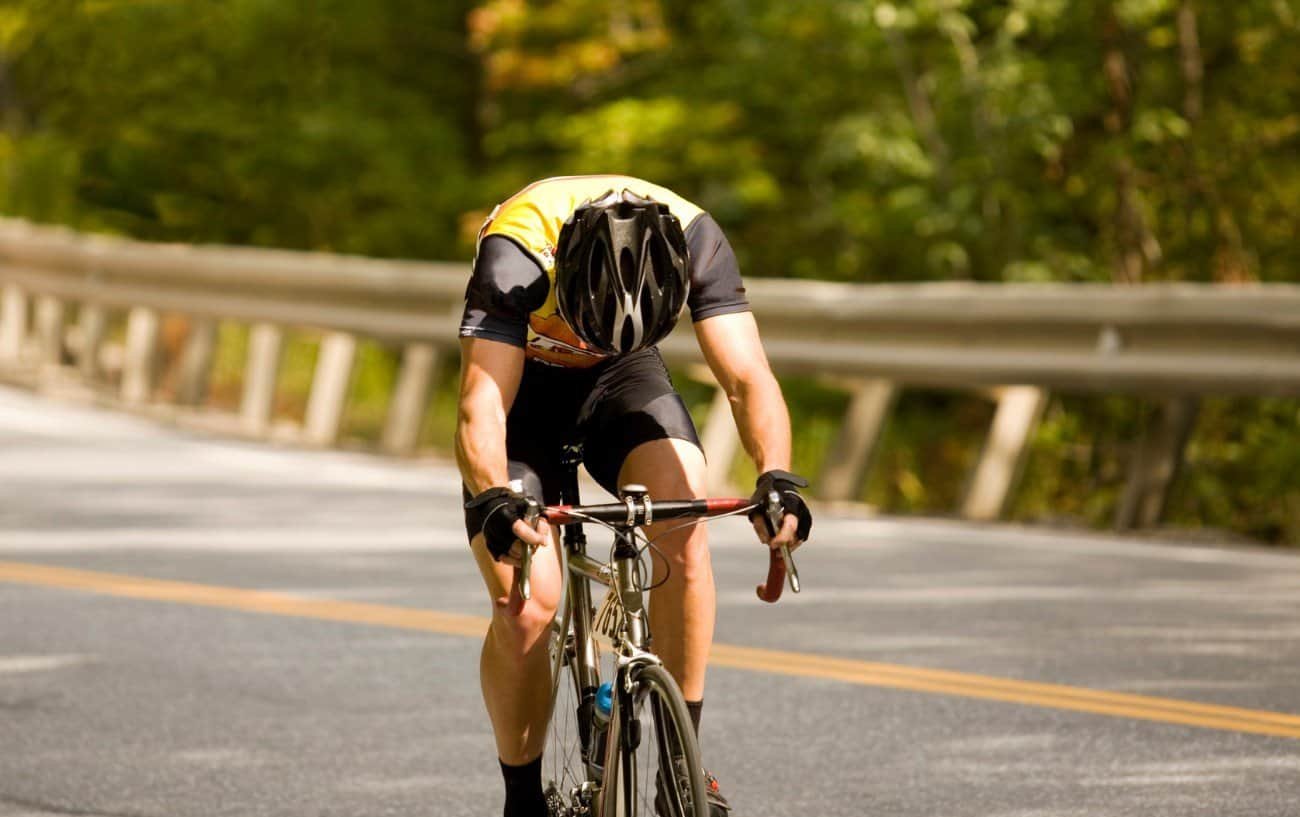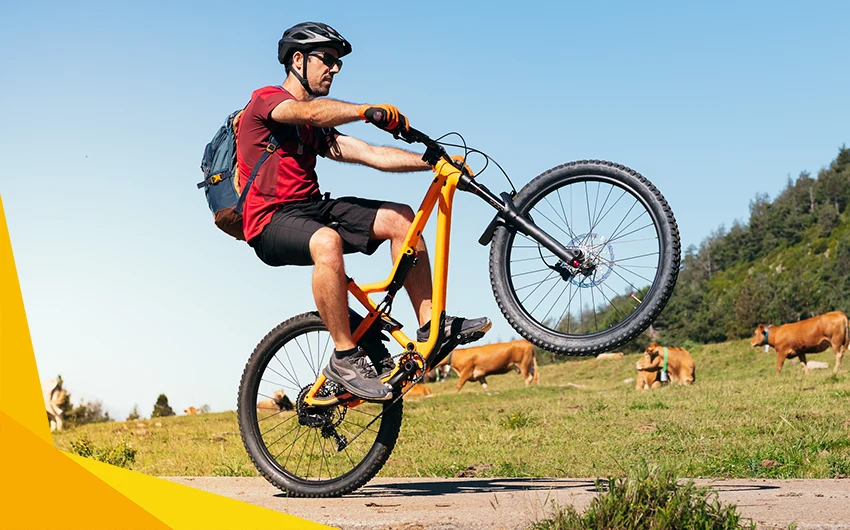Whether you’re commuting to work, chasing singletrack, or chasing sunrise on empty roads, cycling is one of the purest ways to move your body and explore the world. This guide covers the essentials — choosing the right bike, the must-have gear, practical riding and trail tips, maintenance basics, and how to level up safely and sustainably. Read it like a route map: pick what fits your ride and enjoy the journey.
1. Choosing the right bike for your goals
Your bike should be a tool, not a fashion statement. Match it to your primary use:
- Road bike: Fast, efficient on pavement, good for long distances and group rides. Narrow tires, clip-in or flat pedals.
- Gravel bike: Versatile — a road-like position but with wider tires and relaxed geometry to handle dirt roads and mixed surfaces.
- Hybrid / commuter: Comfortable, upright position, often with rack and fender options for everyday practicality.
- Mountain bike (hardtail or full-suspension): Built for trails. Hardtails are lighter and simpler; full-suspension soaks rough descents.
- Electric bike (e-bike): Great for longer commutes, hilly areas, or if you want assisted fitness rides.
Fit matters more than brand. A well-fitted cheaper bike usually beats an ill-fitting expensive one. Get a test ride and, if possible, a professional bike fit for long-term comfort.
2. Essential gear checklist
You don’t need to buy everything at once. Start with the essentials and upgrade as your riding grows.
Safety & protection
- Helmet (replace after significant crash or every 3–5 years)
- Front and rear lights (legal and safety musts for low-light)
- High-visibility clothing or reflective accents
- Gloves (protect hands and provide grip)
Comfort & function
- Padded cycling shorts or chamois for longer rides
- Sunglasses (wind/debris protection)
- Proper cycling shoes (clipless or stiff-soled for efficiency)
- Layered clothing for changing weather (base layer, windbreaker)
Tools & repairs
- Multi-tool with chain tool
- Tire levers and spare tube (or tubeless repair kit)
- Mini pump or CO₂ inflator
- Chain lube and small rag
- Small first-aid kit
Accessories that matter
- Water bottle(s) or hydration pack
- Saddle bag for tools and keys
- Phone mount (for navigation)
- Rack or panniers for commuting and touring
3. Trail and road etiquette
Cycling is a community sport — respect others and the environment.
- Yielding order: Hikers > horses > bikes on many trails (check local rules). On shared paths, yield to pedestrians and announce “passing on your left” or ring twice.
- Stay on designated trails: Shortcuts and widening trails cause erosion.
- Leave no trace: Pack out trash, respect wildlife, and avoid muddy trails after heavy rain.
- Group rides: Announce obstacles, point to hazards, call out “slowing,” “stopping,” or “hole” when needed. Don’t overlap wheels.
4. Basic riding skills to practice
Good skills increase confidence and fun.
- Braking: Learn to use both brakes smoothly; front brake provides most stopping power. Modulate instead of grabbing.
- Cornering: Look through the turn, lower your center of gravity, and weight the outside pedal down.
- Descending: Stay relaxed, weight back slightly, and keep your eyes ahead. Don’t over-brake.
- Climbing: Sit and spin for endurance; stand for short bursts and technical pitches.
- Line choice: On trails, pick the smoothest, fastest line that matches your skill level.
Practice in low-consequence environments (empty parking lots, quiet streets, gentle climbs) until the movements feel natural.
5. Pre-ride checklist & warm-up
Before you roll out:
- Check tire pressure (recommended PSI printed on tire), quick visual for cuts or debris.
- Verify brakes work and wheels are secure.
- Quick chain check and lube if dry.
- Hydrate and eat a light snack if your ride is over 45 minutes.
- Warm up with easy spinning for 5–10 minutes to increase blood flow and prevent cramps.
6. Nutrition & hydration basics
Energy management keeps rides enjoyable.
- For rides under 60 minutes: water and maybe a small snack.
- For 60–90 minutes: aim for 30–60 grams of carbs per hour (gels, bars, bananas).
- Longer than 90 minutes: a mix of solid foods and drinks, plus electrolyte replacement.
- Sip regularly — don’t wait until you’re thirsty. Heat increases fluid needs.
7. Maintenance you can do at home
Learning basic maintenance saves time and money.
- Clean & lube chain weekly (or after wet rides): reduces wear.
- Check tire wear and pressure before every ride.
- Brake pad check: Replace if worn to the wear line.
- Wheel trueness: Spin wheels; slight wobbles can be fixed by a shop.
- Bolt check: Periodically check stem, handlebars, seatpost, and rack bolts with a torque wrench if you have one.
Set a schedule: quick checks before each ride, a more thorough home tune weekly, and a professional service once or twice a year depending on mileage.
8. Picking trails and routes
Match your route to your skills and goals.
- Beginners: Flat, smooth bike paths and quiet streets. Use apps or local bike maps for family-friendly routes.
- Intermediate: Gravel backroads, longer commutes, cross-country rides with mixed surfaces.
- Advanced: Technical singletrack, long endurance rides, and steep climbs.
Use local bike clubs, park websites, or trail apps to find routes and read recent trail conditions. Always start shorter than you think and build up.
9. Leveling up: training tips
Want to get faster or stronger?
- Consistency over intensity: 3–5 rides per week builds a base.
- Intervals: Short high-effort intervals (e.g., 30s–3min) boost power and speed.
- Endurance rides: Long, steady rides increase aerobic capacity.
- Strength training: Core and leg work off the bike reduces injury risk and improves power.
- Recovery: Rest days and easy spins are essential for gains.
Set small, measurable goals (e.g., ride 50 km, climb 500 m, or hit a power or speed target) and track progress.
10. Safety and emergency plannin
Be prepared — it can save your ride or your life.
- Carry ID and emergency contact info.
- Have a charged phone and a portable battery if going remote.
- Share your plan or route with someone if you ride alone.
- Know basic first aid and how to fix a flat.
- On remote trails, bring extra food, water, and a lightweight emergency blanket.
11. Budgeting for gear: what to spend on first
Prioritize safety and comfort:
- Helmet — non-negotiable.
- Lights — essential if any riding at dusk/dawn.
- Shoes and pedals — increase efficiency.
- Good saddle — comfort multiplier.
- Multi-tool & pump — basic repair kit.
You can upgrade the bike last — accessories and a good fit often make the biggest immediate difference.
Final pedal stroke
Cycling is a rare hobby that blends fitness, travel, community, and quiet time all at once. Start simple, stay curious, and respect the roads and trails you ride. Gear helps, but the best rides come from steady progress, good company, and the confidence that every ride — whether a 10-minute commute or an all-day adventure — leaves you a little stronger and more connected to the world under your wheels.


